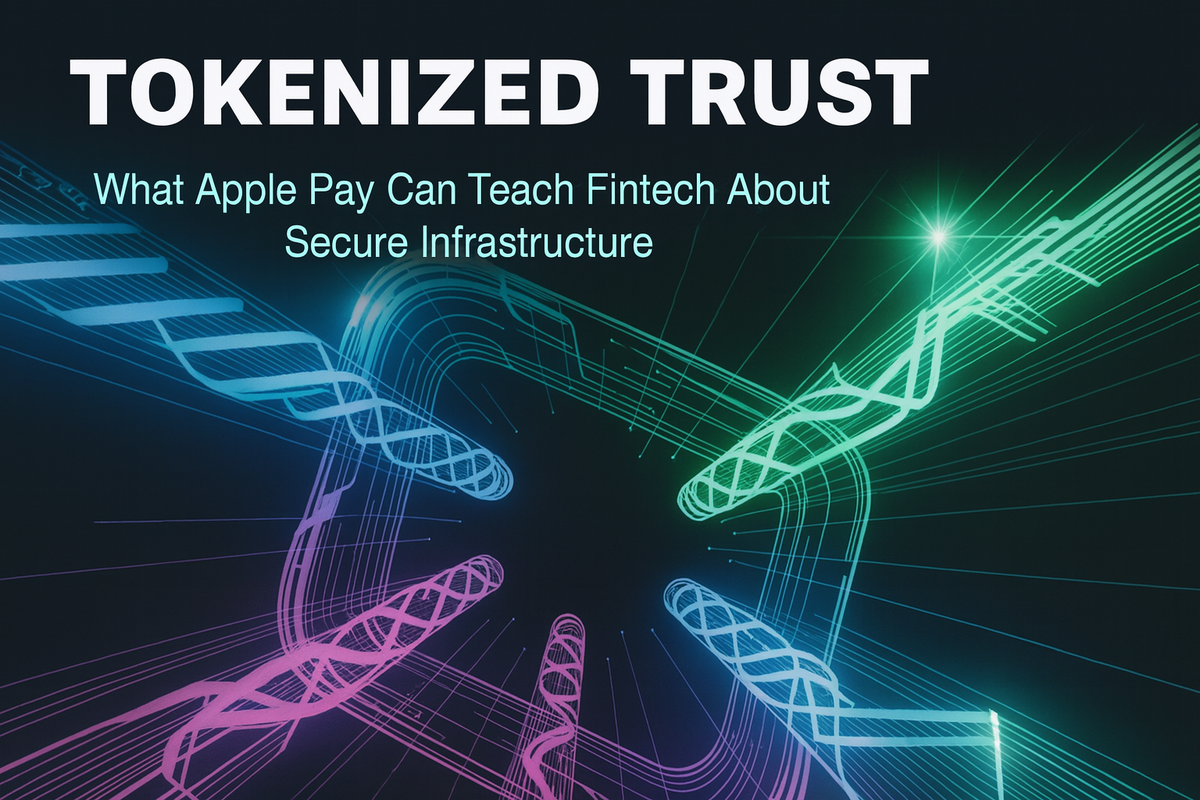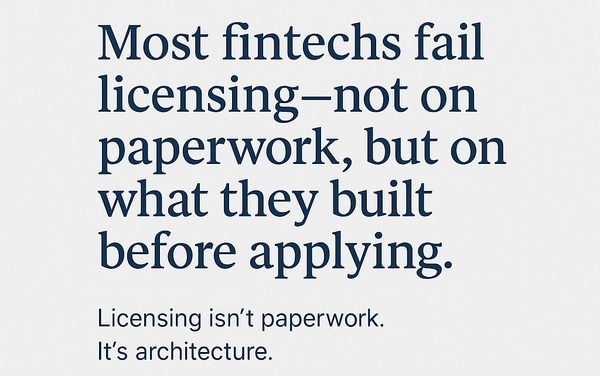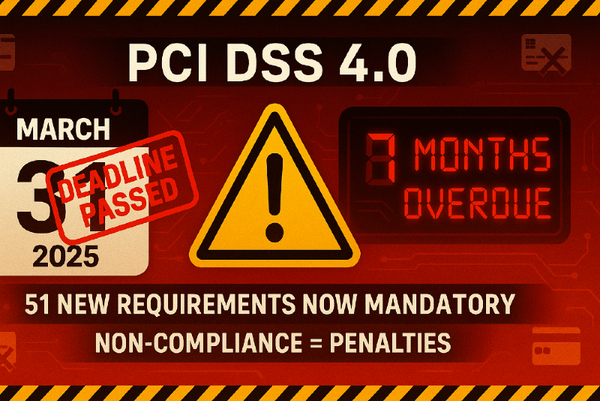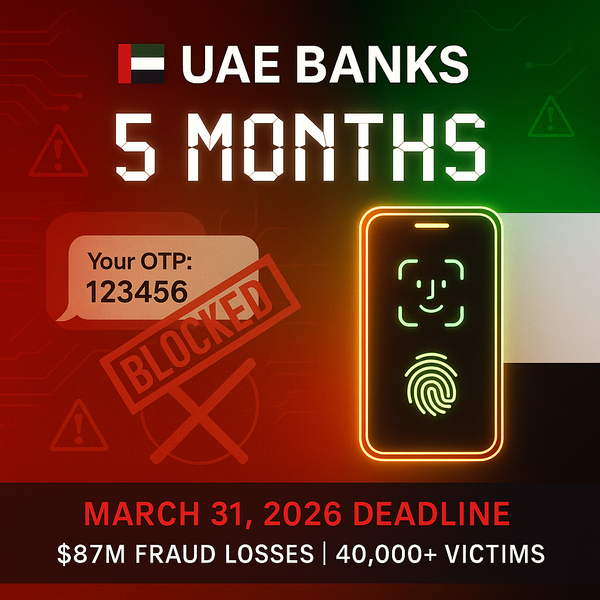The biggest lie in fintech: "We encrypt all card data, so it's secure."

No. You're still storing the actual card.
I reverse-engineered Apple Pay's architecture to understand why encryption ≠ tokenization.
Here's what most payment startups get wrong:
Myth #1: "Encrypted cards are safe"
Encryption keys can be stolen. Databases get breached.
Apple Pay doesn't encrypt your card - it never stores it at all.
Instead: Device Account Number (DPAN) is generated once, real card discarded forever.
Hack Apple's system? You get useless tokens, not real cards.
Myth #2: "Biometric auth = secure payments"
Face ID proves WHO you are, not WHERE your card data lives.
Apple Pay layers three things:
→ Biometric authentication (who)
→ Secure Enclave hardware (where)
→ Tokenization (what)
Remove any one? Security collapses.
Myth #3: "We use the same tokenization as Apple"
Most fintechs: Server-side tokenization (card stored in cloud, then tokenized)
Apple Pay: Device-side tokenization (card becomes DPAN inside hardware chip, never touches servers)
Massive difference. One is vulnerable to breaches. One isn't.
Apple Pay's actual security stack:
Secure Element chip (hardware isolation)
DPAN generation (real card replaced)
Dynamic CVV (new code every transaction)
Cryptographic nonce (prevents replay attacks)
This isn't "better encryption" - it's architectural security designed so breaches don't matter.
Why this matters for MENA fintech:
UAE payment apps need Apple-level security or consumers won't trust them.
But most are building:
❌ Software encryption (hackable)
❌ Server-side storage (single breach point)
❌ Static tokens (replayable)
What they need:
✅ Hardware isolation
✅ Device-bound tokens
✅ Zero plaintext storage
📎 Full technical breakdown + code: "Tokenized Trust - Apple Pay Case Study"
Hot take: If you're in fintech and haven't studied Apple Pay's architecture, you're building on guesswork.
This is the blueprint.




